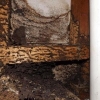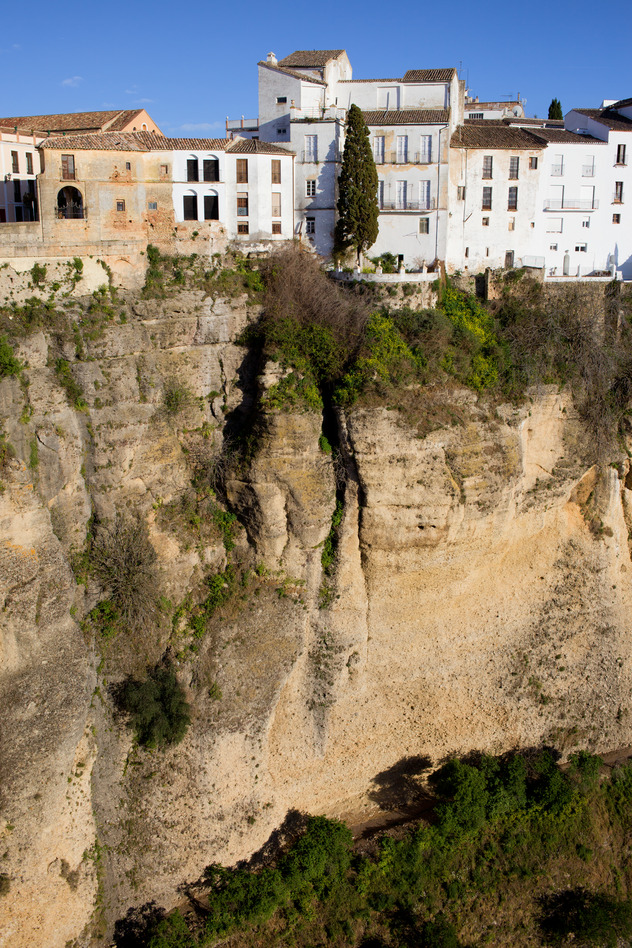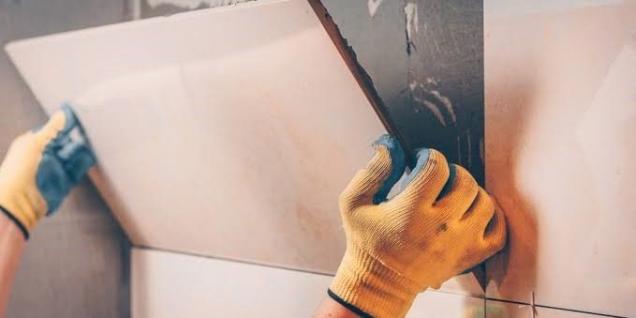
Hidden Source of Building Damage: Termites
Structural damage is a serious matter for any property owner, and there is a source of building damage which often goes undetected until it's already underway: a termite infestation. These small insects can devour wooden timber, weakening a structure and leaving potentially severe building damage in their wake.
Discouraging Termites
While there are over three hundred species of termite in Australia, only about twenty of those cause property damage, and there are some universal tactics homeowners can put to use in defending their properties against building damage.
• Limit Food Sources – While it's not possible for property owners to completely eliminate all wooden timber in order to prevent termites, it is entirely possible to limit unnecessary items like old stumps and waste timber from past construction projects. In fact, builders often leave excess timber waste under a house and in crawlspaces, so make sure this excess is removed from your property.
• Fix Leaks Promptly – There are multiple reasons why property owners should seek attention for leaks in a timely manner, not least of which is the waste of a precious resource. Termites can also be attracted to water, so making a point of repairing any leaks is important.
• Create Unfavorable Conditions – Termites tend to prefer high humidity. To discourage termite colonization and resultant building damage, keep the air under buildings dry with optimal sub-floor ventilation and proper drainage.
Controlling Termites to Prevent Building Damage
The most effective and efficient way of addressing termite damage is to take preventative steps before an infestation occurs. There are two primary types of barrier often used to curb this access: physical and chemical.
Chemical barriers are usually comprised of an insecticide which kills or repels termites, and are typically applied under concrete slabs, around the outside perimeter of buildings and near the foundation. In most cases, you'll have a choice between in-soil and in-plastic applications. In-soil chemicals are applied directly to the ground, while in-plastics are comprised of plastic sheeting infused with an insecticide.
Physical barriers are another option for property owners. While they're generally installed as part of the building process, an existing structure can be fitted with physical barriers as well. They're made of materials which termites cannot chew through and placed to prevent any gaps which grant entry. In most cases, physical barriers must be installed by a professional who has obtained the appropriate licensure through the barrier's manufacturer.
Detecting Termites
Even with barriers in place to prevent building damage and termite infestation, it's still imperative that property owners schedule regular inspections to ensure the absence of termites. The best time for inspections is between early spring and late summer, which is when termite activity tends to be at its annual peak.
Protect your property and structures from building damage related to termite activity by working with a professional pest inspector to determine the scope of an existing problem or the best methods of preventing future infestations. Together, you and your pest inspector can help ensure the structural integrity and health of your property against these destructive insects.
Houspect Building Inspections - Buy, Build, Invest and Sell with Confidence



